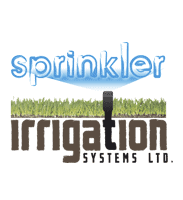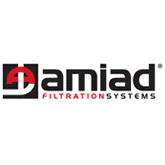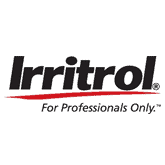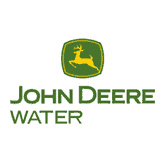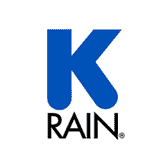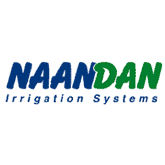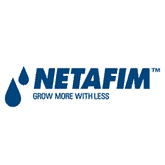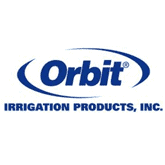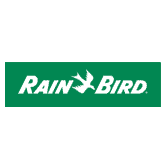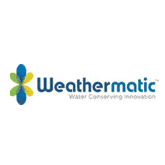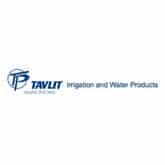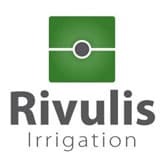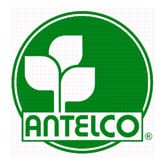Drip Irrigation
Drip irrigation is the most efficient method of irrigating. While sprinkler systems are around 75-85% efficient, drip systems typically are 90% or higher. What that means is much less wasted water! But drip irrigation has other benefits which make it useful almost anywhere. It is easy to install, easy to design, can be very inexpensive, and can reduce disease problems associated with high levels of moisture on some plants.
Drip irrigation (sometimes called trickle irrigation) works by applying water slowly, directly to the soil. The high efficiency of drip irrigation results from two primary factors. The first is that the water soaks into the soil before it can evaporate or run off. The second is that the water is only applied where it is needed, (at the plant’s roots) rather than sprayed everywhere. While drip systems are simple and pretty forgiving of errors in design and installation, there are some guidelines that if followed, will make for a much better drip system. The purpose of this tutorial is to guide you toward materials and methods that will increase the benefits of your new drip system, while steering you away from some common misconceptions and practices that can cause you trouble.
Drip irrigation is used by farms, commercial greenhouses, and residential gardeners.
Garden drip irrigation kits are increasingly popular for the homeowner and consist of a timer, hose and emitter. Hoses that are 4 mm in diameter are used to irrigate flower pots.
The advantages of drip Irrigation are:
- Minimized fertiliser/nutrient loss due to localized application and reduced leaching.
- High water application efficiency.
- Levelling of the field not necessary.
- Ability to irrigate irregular shaped fields.
- Allows safe use of recycled water.
- Moisture within the root zone can be maintained at field capacity.
- Soil type plays less important role in frequency of irrigation.
- Minimized soil erosion.
- Highly uniform distribution of water i.e., controlled by output of each nozzle.
- Lower labour cost.
- Variation in supply can be regulated by regulating the valves and drippers.
- Fertigation can easily be included with minimal waste of fertilisers.
- Foliage remains dry thus reducing the risk of disease.
- Usually operated at lower pressure than other types of pressurised irrigation, reducing energy costs.
The benefits of drip Irrigation are:
In this time of water and resource conservation, drip irrigation makes sense. It is generally less expensive to install than conventional subsurface PVC systems and uses much less water.
Water Conservation – Drip irrigation allows you an efficient watering by supplying water where it is needed – at the very roots of the plants. As a result, water is not wasted on leaves or soil. This significantly reduces the chances for evaporation and run off. Both are common with traditional irrigation systems where the water is often supplied at a rate greater than the soil can absorb it.
Reduce Weed Growth – When water is applied using a conventional sprinkler, everything gets wet. Since drip irrigation applies water to the root zone of your plants, the spaces in between plants remain dry. This greatly inhibits weed seed germination. If the soil remains dry, most seeds will not germinate. Landscape maintenance takes less time with drip irrigation.
Reduce Plant Stress – When plants get deep, consistent watering, they thrive. Inefficient, shallow watering can contribute to plant stress. Promote healthy growth and disease resistance plants in your garden with drip.
Extremely Flexible Application – You have many options with drip irrigation tubing, fittings, and emitters. It is a versatile watering system which can easily be installed on hillsides or flat terrains. Drip is the perfect irrigation method for oddly shaped landscapes and windy areas. Existing sprinkler systems can be retrofit with drip irrigation with very little effort.
Save Money – Once a drip irrigation system is installed, you will use less water to irrigate. If you are on a well, you will notice a severe drop in your pumping costs. You will no longer need to hand watering your garden. Automate you system with an irrigation controller and eliminate the need to pay someone to while are on vacation. With the reduction of plant disease and unwanted weeds, your gardening labour and maintenance costs will also drop considerably.
Applications for drip Irrigation:
- On-surface and sub-surface installations of long lines (due to low local head loss coefficient).
- Areas subject to vandalism.
- Recommended for on-surface & sub-surface projects following strict specifications.
- Intersections, highways and traffic islands.
- Slopes and high wind areas.
- At grade windows.
- Where sprinklers could cause a tripping hazard.
- Turf and sports-turf, shrubs, trees.
- Tennis courts.
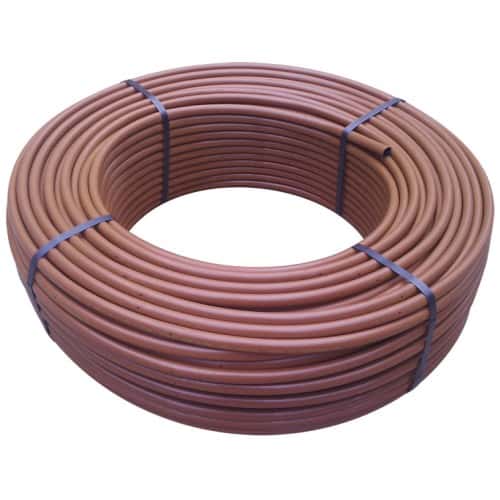
Specifications:
- Dripper flow rates: 1.6,2.3 or 3.5 l/h.
- Pressure-compensating range: 0.5-4.0 bars.
- Maximum operation pressure:4 bar.
- Tubing Ø mm: O.D.16.0, I.D.14.0.
- Recommended filtration: 120 mesh.
Drip Irrigation Features:
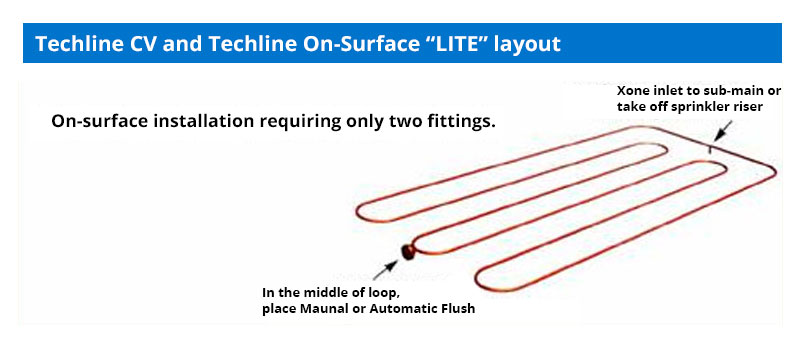
- Pressure-compensating.
- 100% uniformity for more than 300m length (depending on spacing, inlet pressure and topography).
- The location of the drippers in the dripper-line prevents the entrance of sediments. The water is drawn from the stream center.
- Unique turbulent flow path.
- Continuous automatic flushing/ cleaning design resists clogging.
- Flexible tubing adapts to any shape of planting area.
- UV-resistant dripper-line.
Contour
Techline provides a flexible solution for irrigating around contoured areas and around confined planters or shrub areas.

Lateral Layout
Place laterals 2″ – 4″ from any hardscape or 2″ – 4″ outside of uncontained landscapes. Place laterals perpendicular to (i.e., across) slopes, if any.
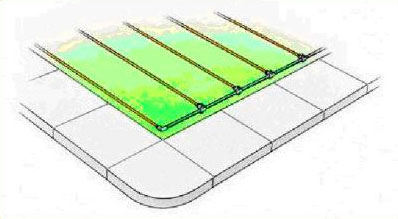
Installation pictures before and after:
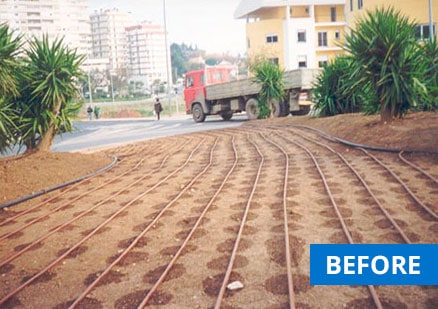
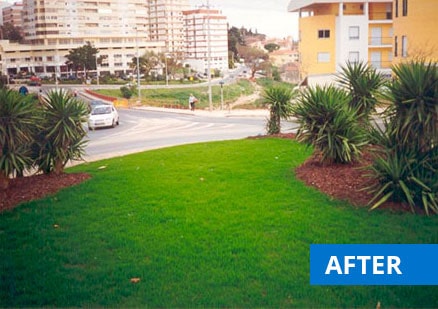
About Drip Irrigation
Micro-irrigation is a low pressure, low volume irrigation system suitable for vegetables, shrubs, flowers and trees. Micro-irrigation has been gaining attention because of its potential to increase yields and decrease water use, fertiliser, and labour requirements if managed properly. Micro-irrigation or low volume irrigation systems can be subdivided into three categories, according to uses:
- Drip irrigation
- Micro-sprinklers
- Drip tape
Drip irrigation is the slow application of water directly to the plants’ root zone in a predetermined pattern. Maintaining an optimum moisture level in the soil at all times results in less water lost to the sun and the wind. No water is wasted on non-growth areas, and the root zone is maintained at its ideal moisture level, combining the proper balance of water and air for a very efficient irrigation system.
Micro irrigation is designed for placement in both new and existing landscape and agriculture areas, and is ideal for installation on difficult terrain such as on slopes, in oddly shaped areas, and on windy sites.
Micro-sprinklers operate at low pressure and have a wide range of flow rates (5 to 50 GPH) and diameters (3 to 30′). Micro sprinklers have small droplets and a low flow application rate. Micro-sprinklers can prevent plant stress by maintaining low water tension in the soil, using a low flow application rate. New developments have made many more brands and spray patterns available. Application rates now vary widely, from 0.05 inches/hour up to 6 inches/hour. Because there is a direct relation between application rate and irrigation duration, there can also be a range in the duration to complete an irrigation cycle. For example, 8 minutes is required to apply 0.4 inch of water on the wetted area with an application rate of 3 inches/hour, while 8 hours is needed to apply the same amount at a rate of 0.05 inch/hour. This range of rates is readily available with micro-sprinklers today.
Drip Tape is a flat tape with drippers pre-inserted in a spacing of 12″ to 18″. The drip tape expands when filled with water and is ideal for use in vegetable gardens or for row crops or where total saturation of coverage is desired. Drip tape is used with special drip tape fittings. Drip tape fittings are different in design from those used with drip hose in that they work with a twisting lock device rather than with compression.
Drip tape: Has a flow rate of .35 to .85 GPH. It may be used above or below the ground. Maximum working pressure for drip tape is 25 PSI and it is highly recommend that it be used with a pressure regulator and a filter.
Fertiliser: Any water-soluble fertiliser may be injected through a micro-irrigation system.
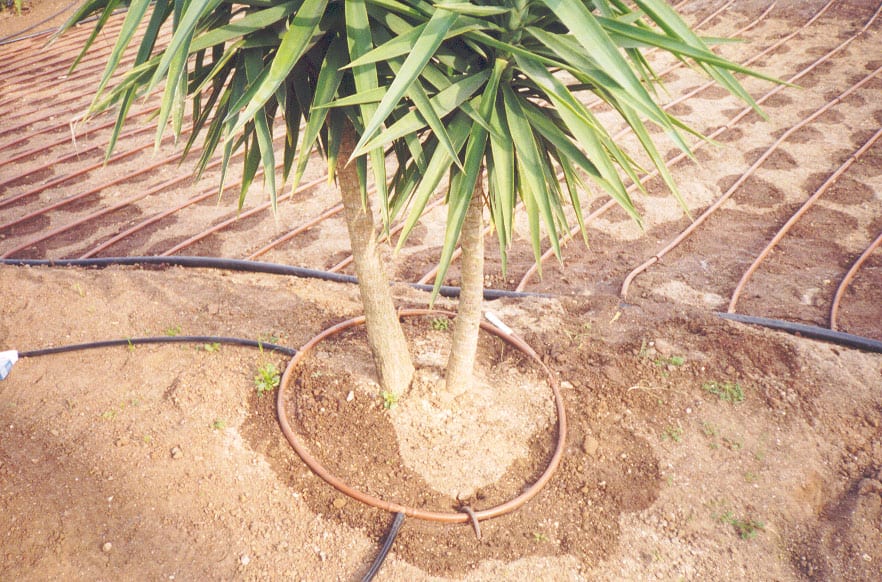
System Layout and Equipment
Micro-irrigation systems consist of a head or head assembly and a distribution network. The head or head assembly consists of a controller, pump (if needed), backflow device, filter, pressure gauges, fertiliser injector and pressure regulator. The fertiliser injector is optional but highly recommended; the controller is necessary only if the system is to be automated.
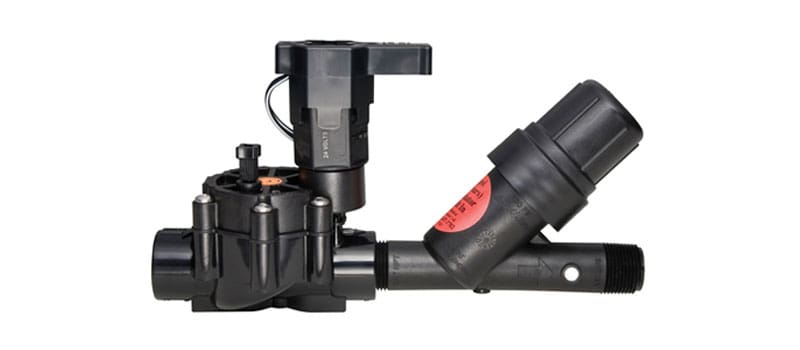
Micro-irrigation distribution networks consist of mainline pipes, usually made of PVC, sub laterals made of polyethylene (PE), PVC fittings, drip fittings (barb, compression or spin-lock), drippers or emitters, micro-sprinklers and accessories such as hose end, goof-plugs, and punches.
How to Install a Drip System in a Vegetable Garden
Basic Layout Tips: Before we get into the actual layout of the drip system we need to understand the underlying reasons for making layouts in different ways. We should address the different types of vegetable gardens. We may not name your specific type of planting method but a review of the most common should provide a good starting point. Most vegetable gardens are grown in rows and consist of two types of plantings. These are evenly spaced , or densely planted.
- Evenly spaced: Use with corn, tomatoes, peppers, lettuce, melons. Normal layout of the plants is in a row with all the plants spaced equally between 12″ and 60″ apart. The drippers should be spaced one per plant.
- Densely Planted: This would include plants like carrots, radishes and most herbs. When growing these types of plants some “thinning” may be done but the plants will normally be very close together. With very closely grown plants you need to make sure that the entire area around the plants gets water. To do this the drippers need to be placed 10″ to 12″ apart to ensure a very even distribution of water.
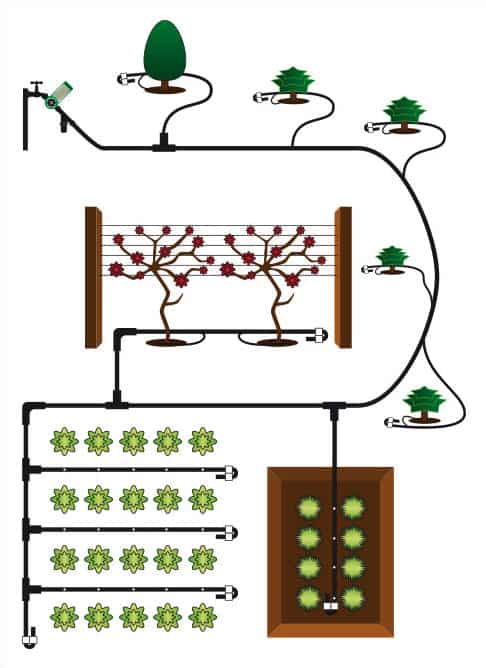
For each of the methods above, to install drip irrigation you can select one of the systems below:
- 1/2″ or 1/4″ Drip Line with Pre-inserted Drippers at Preset Spacing This is the easiest way to install drip irrigation on rows in a vegetable garden. The drippers are pre-inserted in preset spacing inside the drip tubing. The 1/2″ drip line can be run in very long lengths but the 1/4″ has length limitations. Consider it for smaller rows of up to 15 ft only. The advantage of this system is that all the drippers’ flow rates are the same, allowing you full control of the system flow rate. It is also easy to take up and store for the winter.
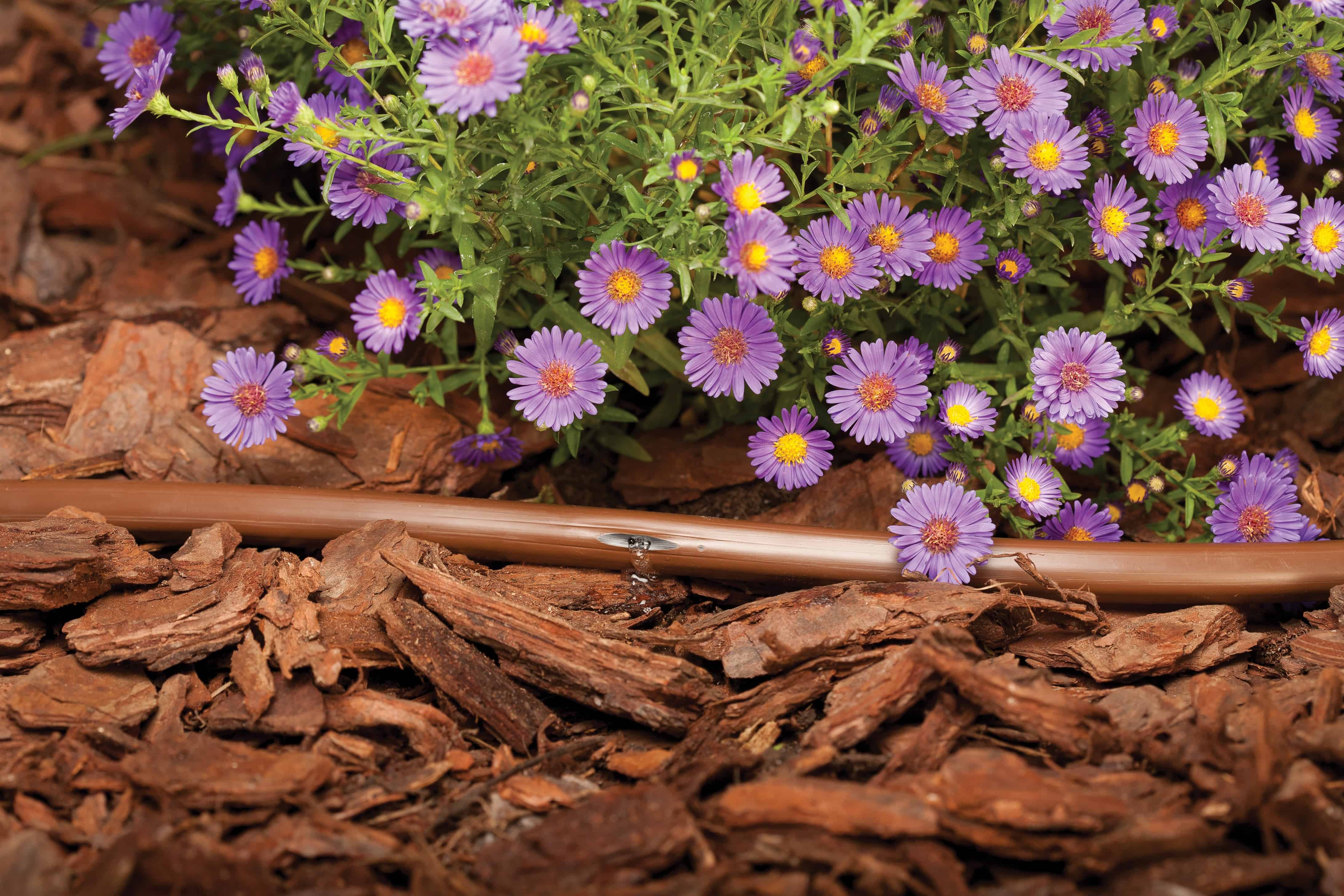
- Drip Tape with Pre-inserted Drippers at 12″ spacing This is the most economical method and the easiest method to pick up and store during the winter. The drip tube(tape) is a thin walled tube with the drippers installed inside in a 12″ spacing. The drip tape lays flat when the system is off and expands under water pressure. It works great for straight rows which can be very long. Drip tape uses a special type of fitting that is used only with the drip tape. The drip tape flow rate is 32 gallons per 100′ per hour at a pressure of about 10 PSI ( use with a 10PSI pressure regulator. The drip tape is not made for the same lifespan as the thicker walled tubing but it can last for up to 5 years. No drippers can be installed into this tape as the wall thickness on the tubing will not support them.
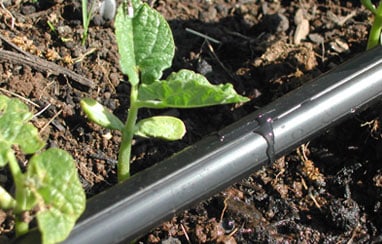
No matter which layout you have, you can choose any of the above systems. You will have a number of parallel rows of plants with the drip lines running down them. You will supply water to each of these rows by having a main supply line running across one end of the rows and tapping into this line to supply the drip line running down each row. See pictures to get a better idea. Don’t forget that the main supply line running across all the rows must be able to supply enough water for all the rows’ requirements. Add up all the drippers’ flow rates to get your total water requirements. Maximum recommended flow rate from a single 1/2″ poly tube is 220 gallons per hour (GPH). If your total water requirement from is more than this then you might want to use 3/4″ poly tube or a 3/4″ or larger PVC main line. As with all drip systems, be sure you start with a filter and then a pressure regulator and if you need to automate the system use one of our battery control units
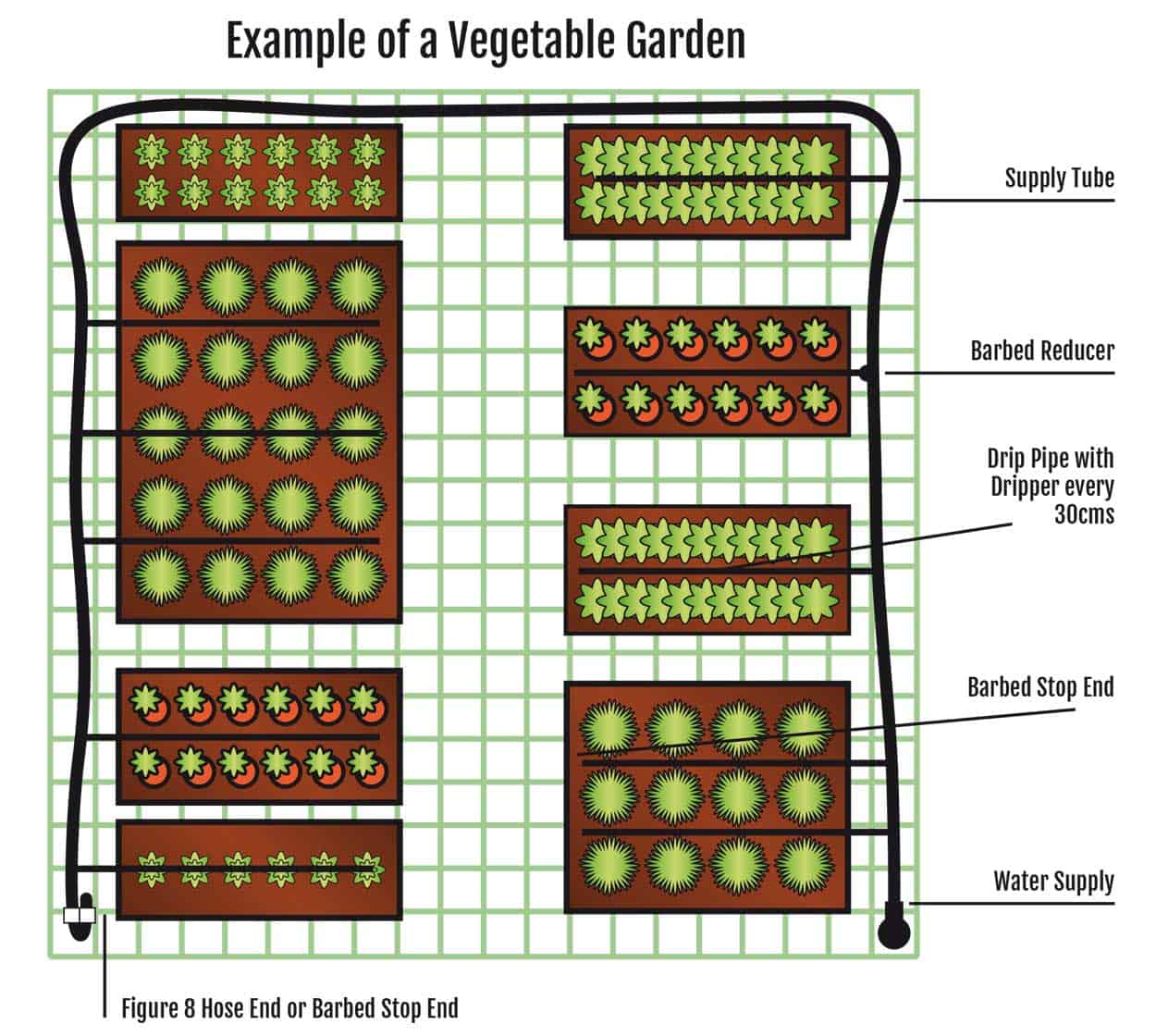
Micro Irrigation
The term “micro-irrigation” describes a family of irrigation systems that apply water through small devices. These devices deliver water onto the soil surface very near the plant or below the soil surface directly into the plant root zone. Growers, producers and landscapers have adapted micro-irrigation systems to suit their needs for precision water application. Micro-irrigation systems are immensely popular not only in arid regions and urban settings but also in sub humid and humid zones where water supplies are limited or water is expensive. In irrigated agriculture, micro-irrigation is used extensively for row crops, mulched crops, orchards, gardens, greenhouses and nurseries. In urban landscapes, micro-irrigation is widely used with ornamental plantings.
Emission Devices
The actual application of water in a micro-irrigation system is through an emitter. The emitter is a metering device made from plastic that delivers a small but precise discharge. The quantity of water delivered from these emitters is usually expressed in gallons per hour (gph). These emitters dissipate water pressure through the use of long-paths, small orifices or diaphragms. Some emitters are pressure compensating meaning they discharge water at a constant rate over a range of pressures. Emission devices deliver water in three different modes: drip, bubbler and micro-sprinkler. In drip mode, water is applied as droplets or trickles. In bubbler mode, water `bubbles out’ from the emitters. Water is sprinkled, sprayed, or misted in the micro-sprinkler mode. Emitters for each of these modes are available in several discharge increments. Some emitters are adapted to apply water to closely spaced crops planted in rows. Other emitters are used to irrigate several plants at once. There are emitters that apply water to a single plant.
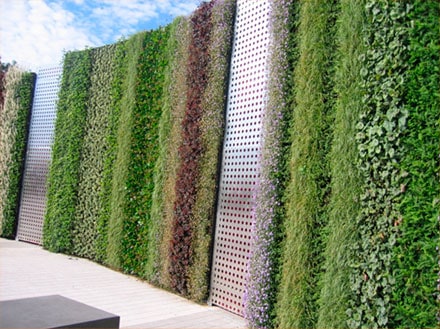
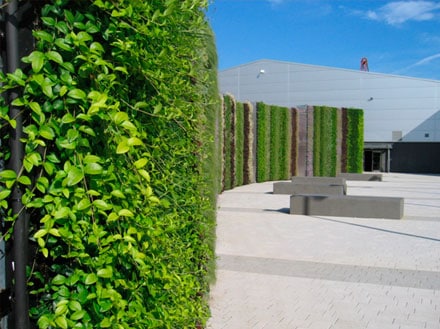
Plug-in Drippers
This type of dripper comes in many styles of both fixed and adjustable. The normal drip rate for fixed drippers is 2, 4 & 8 litres per hour while adjustable drippers can be set typically from 2 to 45 litres per hour. Pressure compensated (PC) drippers are used where slopes are involved and a precise drip rate is required. A typical PC dripper can handle 5 metres to 40 metres (48kPa to 386kPa) of pressure. Drippers may be plugged directly into Low density Poly Pipe (LDPE) or connected via 4mm (spaghetti) tube. Some drippers come mounted on a small stake, which makes it easier to check their operation.
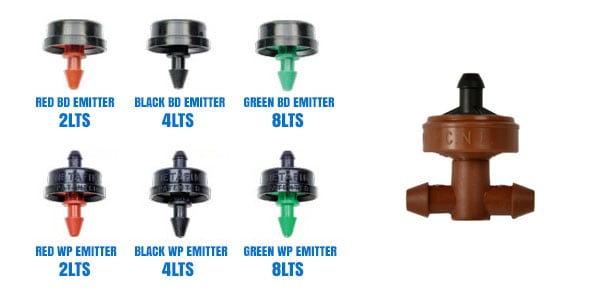
In-line Drip Tube
This product, which is a poly pipe with drip emitters built in at regular spacing’s , has been available in the agricultural industry for many years. The vast array of pipe sizes, wall thicknesses, drip emitter spacing, the non-standard nature of the pipe fittings and the long (450 metre) roll sizes has meant that its use in domestic applications has been very limited. Recently new products designed for domestic applications have been released.
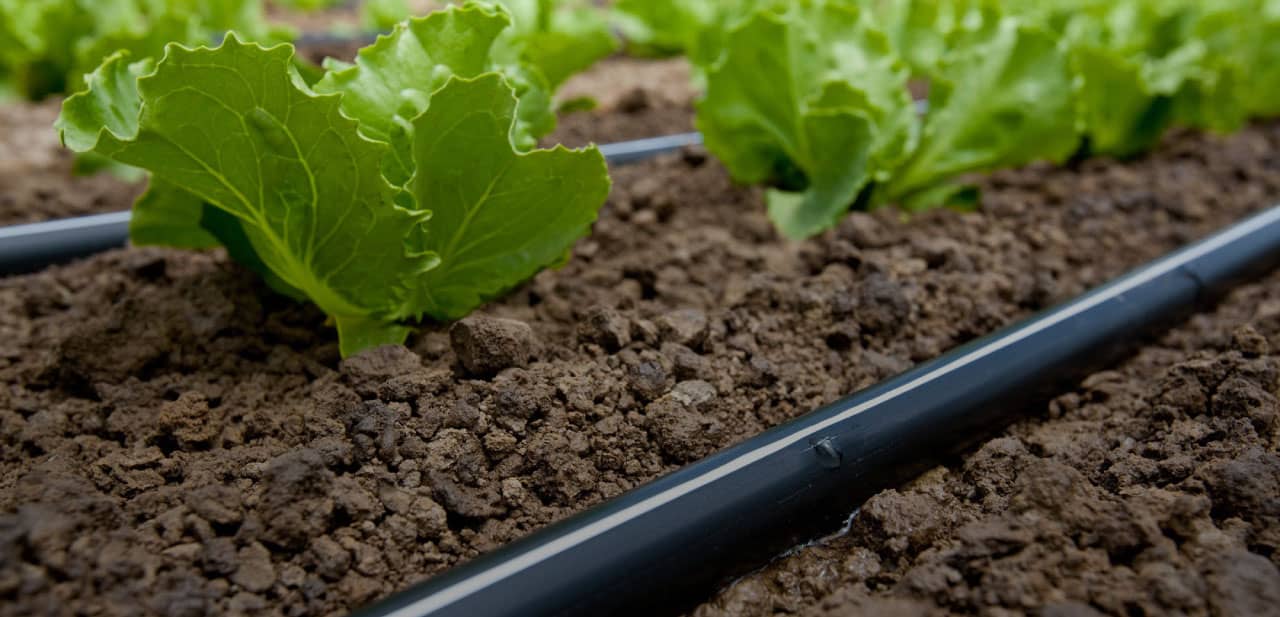
Not sure what you need?
Not sure what you need?
We offer free expert advice and a full Irrigation design service is available simply call:
We offer free expert advice and a full Irrigation design service is available simply call:
01384 423150 or 01384 913150
01384 423150 or 01384 913150
